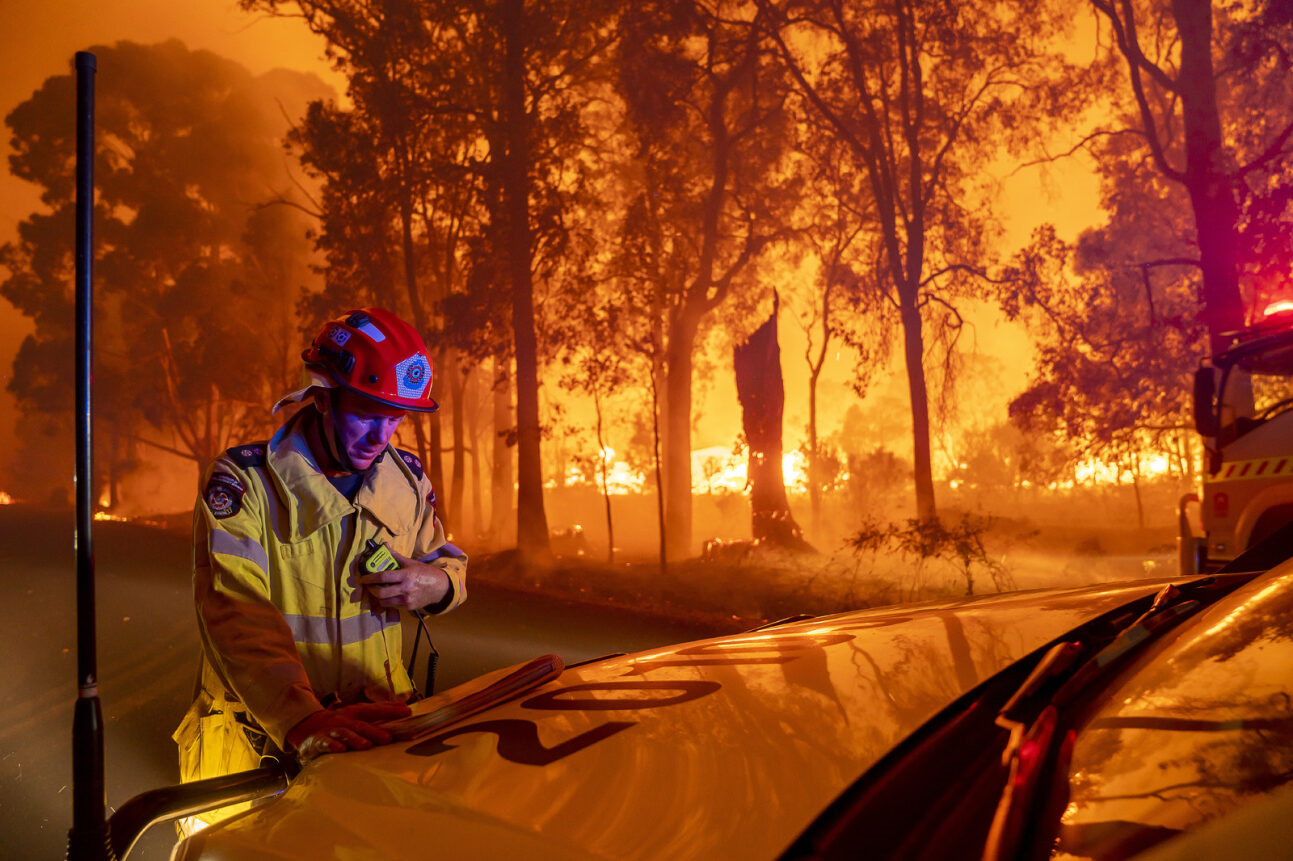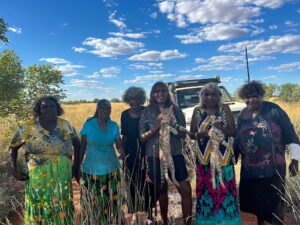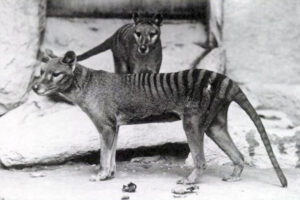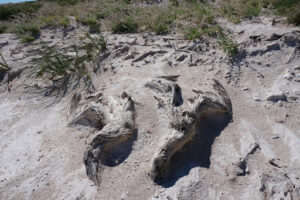In 2022, Australia took a bold step to revolutionise its approach to bushfire threats.
As the severity and frequency of bushfires ramped up, emergency departments across the country agreed that our fire danger rating system was desperately due for an update. It was almost 60 years old after all.
This wasn’t just a minor adjustment but a full-scale transformation, bringing the country’s warning system into the era of advanced weather technology and heightened environmental change.
Introducing, the Australian Fire Danger Rating System (AFDRS).
THE CATALYST FOR CHANGE
It’s a common misconception that the fire danger rating system shows the likelihood of a bushfire occurring. Instead, it’s actually providing guidance on the potential severity and behaviour of bushfires, focusing on how challenging a fire might be to manage rather than the likelihood of one starting.
Each rating level informs residents about the expected conditions of a fire if one were to occur, emphasising the intensity, speed and difficulty of containment. It’s there to help communities make informed decisions during or in the lead-up to a bushfire.
The previous fire danger rating system, the McArthur Forest Fire Danger Index (FFDI), was introduced by CSIRO scientist Alan Grant McArthur in 1967. It employed five levels to communicate bushfire risks: low-moderate, high, very high, severe and extreme.
In the decades following its introduction, the FFDI became fragmented as individual states attempted to modernise the system.
Then, following the 2009 Black Saturday bushfires that took the lives of 173 Victorians, the ‘catastrophic’ category was added and a Royal Commission was held.
The 2009 Victorian Bushfires Royal Commission resulted in 67 recommendations. The first recommendation was that the role of warnings be enhanced to better advise bushfire-prone communities on how to act should disaster strike.
This was just one of the driving forces behind the AFDRS.
STREAMLINE AND SIMPLIFY
Murray Carter is the Executive Director of the Rural Fire Division at the Western Australian Department of Fire and Emergency Services (DFES).
According to Murray, the previous system was outdated, overly complicated and obsolete.
“We were operating on a 60-year-old system,” says Murray.
“Social research [in recent years] nationally showed that, whilst it had been in place for a long time, the old system wasn’t well understood by the community.”
Research also shows that, even when a community understands bushfire warnings, it doesn’t guarantee that its members will respond as advised.
The AFDRS categories – moderate, high, extreme and catastrophic – are action oriented. It offers a more streamlined, user-friendly approach.
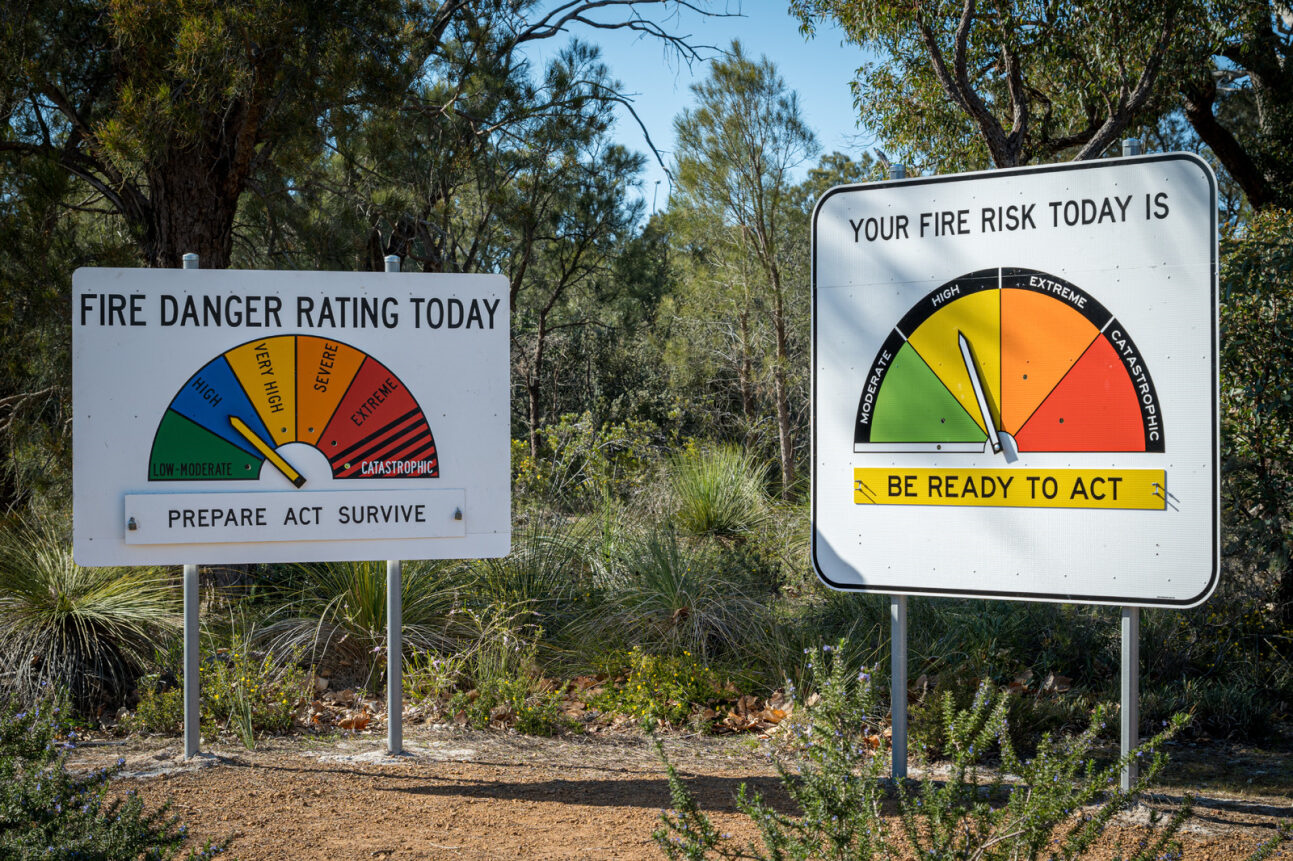
The new system enhances forecast reliability by using advanced science on weather, fuel and fire behaviour across diverse vegetation types, enabling emergency services to determine more precise and relevant threat levels.
The end goal is to reduce the loss of life, property and human harm by creating communities that are well informed and better prepared for possible bushfires.
A FOCUS ON DATA DIVERSITY
One element of the upgrades particularly pertinent to Western Australians is the newly diversified vegetation classifications.
Previously, Australia was divided into just two vegetation types: forest and grassland. These classifications were used to inform emergency services on how best to approach a bushfire threat.
Of course, our vast country is more diverse than just forests and grasslands. The AFDRS is designed to include six additional vegetation types: grassy woodland, spinifex, shrubland, mallee heath, button grass and pine.
In WA, we have seven of the eight vegetation types specified in the AFDRS.

“The way fire behaves in spinifex, of course, is very different to the way it behaves in a jarrah forest or karri forest,” says Murray.
Murray says combining the diversified vegetation classification with improved meteorological data significantly boosts the system’s capabilities.
“That’s one of the huge improvements … which is terrific for the sector in terms of using it for our daily, weekly, monthly and seasonal preparedness for bushfires.”
BUMPS ALONG THE WAY
Of course, as with any significant change, the transition to AFDRS wasn’t all smooth sailing.
Following its rollout in Queensland, concern was raised by communities and industry experts when a ‘catastrophic’ fire warning was incorrectly issued for a large area of southern Queensland.
The AFDRS’ ‘catastrophic’ warning calls for immediate evacuation and warns of a high probability of casualties. It was live for 16 hours before being corrected.
There were problems closer to home as well.
“A few of the fire weather districts … they seemed to stay in the high for a bit longer than what would seem practically relevant,” says Murray.
“We’ve made some changes this year, and we’re very confident that we’ll be better placed.”
WEATHERING THE CLIMATE STORM
As climate change continues to escalate the severity and frequency of extreme weather events, the ability to adapt quickly is becoming a fundamental part of our emergency warning systems.
And the AFDRS is designed to do just that.
“The system is agile enough to allow continual improvement,” says Murray.
Unlike its predecessor, the AFDRS is designed to evolve, ensuring that fire danger ratings remain relevant and accurate in a rapidly changing environment.
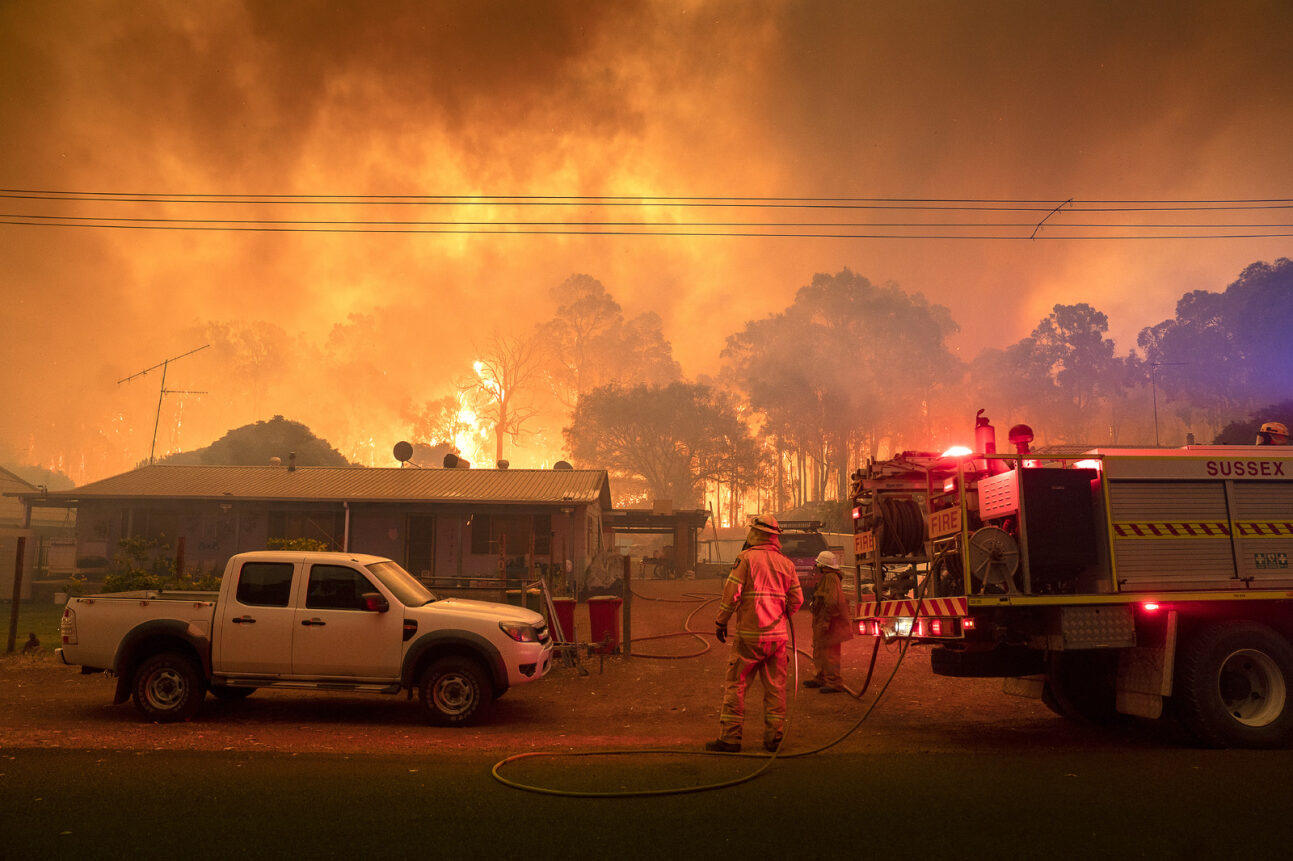
According to Murray, emergency departments like DFES are now able to take information from local governments, government agencies and volunteers and to implement changes to warnings in real time.
“The old system didn’t have that agility to continually enhance the sort of drivers, the back-end components of it. This one does,” says Murray.
“So we’re not scheduling another review, we will do it every day of the year … we will just keep updating any slight tweaks or modifications that are required.”
LOOKING AHEAD
The rollout of the AFDRS, while not without its challenges, represents a significant step forward in managing the threat of bushfires.
The system’s emphasis on simplicity and adaptability is crucial to its effectiveness. As we navigate a changing climate, the capacity of the AFDRS to evolve will play a vital role in protecting communities and managing bushfire risks more effectively.
Its advancements will ensure that we are better prepared for the future – not decades later but right now.

Interested in learning more about fire and its impact on the people and environment of Western Australia? Tune into the second season of the Elements podcast.
Across five episodes, we cover everything from festival bonfires to devastating wildfires, from echoes of ancient knowledge to the technological possibilities of the future. It’s going to be lit🔥
All episodes out now on all your favourite podcast platforms.



